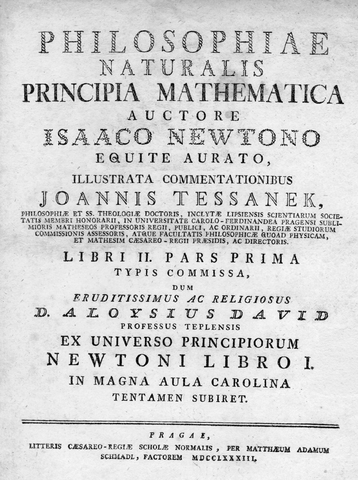Jim Grey and the Fourth Paradigm
Experimental Science

Theoretical Science

Computational Science

The Fourth Paradigm
- Computer infers the model from the data
- "Machine learning" - nonlinear curve fitting
- Optimise fit for training data
Why it works
- Theoretical advances in the mathematics of classification and regression
- Computers that are good at global optimisation in large spaces (GPUs)
- Disproportionate effectiveness of machine learning with huge datasets
Data Fundamentalism and the problems of Big Modelling
Weaknesses of the Third Paradigm
- Huge parameter spaces
- Glorified curve fitting
- Without statistical rigour
- Labour intensive parameter management
Weaknesses of the Third Paradigm
- Computational expense
- Large result sets
- Unwieldy meta-analysis
- In-situ data reduction
Weaknesses of the Fourth Paradigm
- Does not produce insight
- Lack of traceability
- Need for defensible and auditable machine decisions
- Problems with extrapolation: 'what if'.
- Prefers labelled examples (supervision)
- Crowd sourcing?
The Détente
Use what you know
Machine learned models with physically informed structure
- Biological systems and the soft-switch
Physical understanding as a prior in function space?
Machine assisted parameterisation
- Use machine assistance to explore:
- Parameterisation literature
- DBs
Do inference with your models
- Statistically rigorous approaches to parameter fitting and model selection
- Modelling with uncertainty
- Stochastic programming
Do inference with your models
- Fit simpler structures to your mechanistic models to save time
- Need a rigorous approach to model run management
 Close
Close

